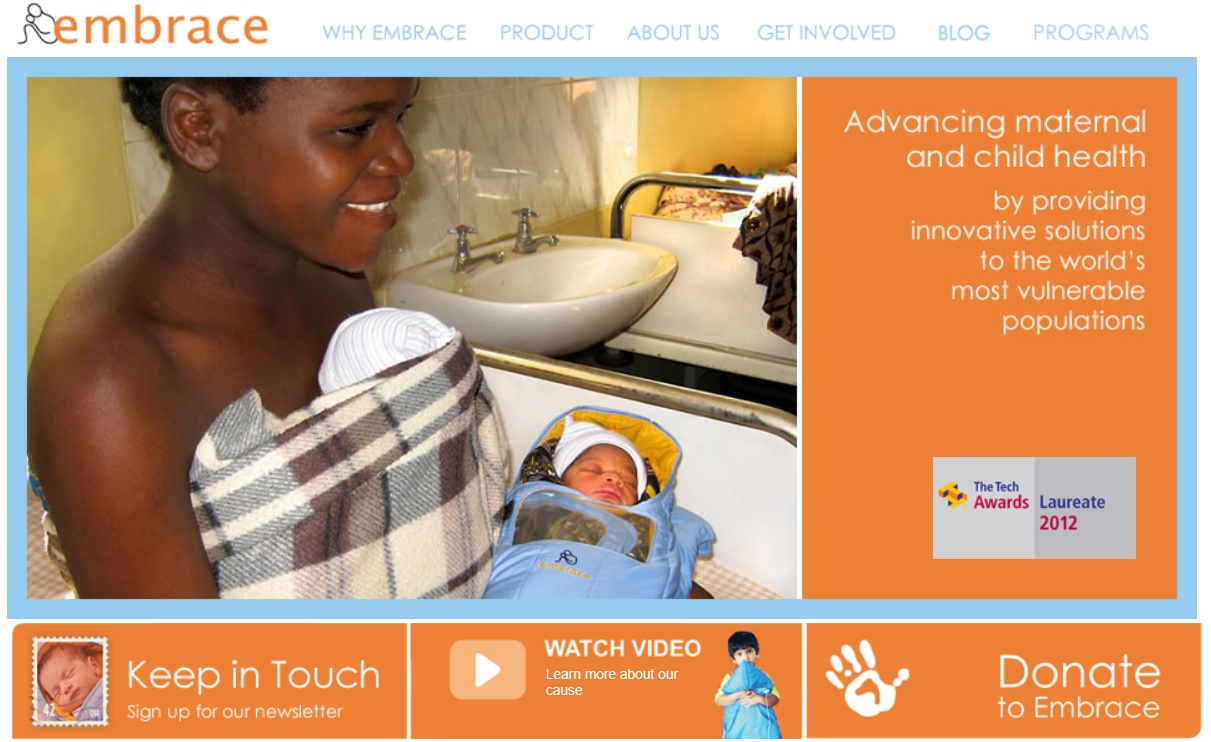Social Innovation: A new frontier
By Kal Joffres August 30, 2013
- Social innovators bringing strengths of the market economy to bear on social problems
- While technology often plays an important role, it rarely plays the leading role
 IF Facebook was the last big thing, the next big thing probably won’t be a high-tech business out of the United States. In fact, in all likelihood, the next big thing will come from India or elsewhere in Asia, and you probably won’t be one of its users.
IF Facebook was the last big thing, the next big thing probably won’t be a high-tech business out of the United States. In fact, in all likelihood, the next big thing will come from India or elsewhere in Asia, and you probably won’t be one of its users.
Innovation is often seen as representing web and high-tech businesses. However, a big shift has been quietly happening as a new breed of innovations emerges, focusing on low-income users.
Today, six of the seven billion people on Earth have access to a mobile phone. The next big things in innovation will tap these huge markets and, fortunately, some of them will be social innovations.
These are innovations with a social purpose, including new strategies, products, services and business models that meet social needs such as education and healthcare.
Mohammed Yunus' Grameen Bank was a major breakthrough in providing loans to low-income women. More breakthroughs are in the making and many more will be needed.

While humanity has done a great job of making mobile phones accessible, 2.6 billion people still lack access to proper sanitation such as toilets.
Embrace (pic), a social enterprise, has created an alternative to US$20,000 incubators for the nearly 20 million low birth-weight babies born every year in developing countries: A US$25 pouch that helps keep babies warm at a constant temperature.
M-Pesa provides mobile banking and e-commerce services to 14 million users, mostly in Africa in areas where banking services are limited and where people don’t have enough money to open a bank account.
Waterhealth International provides water filters to small village entrepreneurs who sell clean water to their communities in India, Africa and South-East Asia.
Some of these innovations are happening in Malaysia. Edunation, for example, is putting the entire Malaysian syllabus online to level the playing field for students who can’t afford tuition.
Do Something Good connects volunteers to NGOs (non-governmental organisations) and provides users points and badges for their engagement in volunteering.
These are innovations that have the potential to benefit people far beyond Malaysia’s borders.
While technology often plays an important role in social innovation, it rarely plays the leading role. A great deal of social innovation is service or business model innovation. Existing technology is often used in a completely different way to address a social need.
 A big part of that change is also has to do with the way the social sector works. Addressing these social issues has traditionally been the area of NGOs.
A big part of that change is also has to do with the way the social sector works. Addressing these social issues has traditionally been the area of NGOs.
However, it is becoming clear that charity alone will not solve many of the world’s biggest problems. Social innovators are bringing the strengths of the market economy to bear on social problems.
In doing so, they are also changing the assumption that working on social causes means living a life of poverty. Some social entrepreneurs are also turning a profit.
Big companies are also sitting up and taking notice. Microfinance institutions are building valuable distribution channels into markets that are often difficult to access. General Electric has built a unique portable ECG for medical diagnoses in rural India.
Across Asia, many companies are expected to contribute back to the communities in which they operate, and doing so in a sustainable way requires looking towards social innovators.
Malaysia’s social innovation space is nascent. A big challenge remains the country’s conservative funding sector. Most foundations and CSR (corporate social responsibility) departments still privilege donations to orphanages and other children’s causes.
While these are often worthy, there is clear hesitation in funding new approaches which could potentially yield high-impact solutions to these problems.
On the face of it, this is puzzling because CSR organisations don’t face the same kinds of risks that an investor might face in investing in a startup. In fact, funding innovative solutions to social problems can produce stronger benefits for brands in terms of image and publicity.
In spite of this, only a handful of funders, such as MyHarapan and the Hong Leong Foundation, are actively supporting social innovators.
However, that number is slowly growing. An ecosystem of supporting organisations is developing to strengthen social innovators, including the Social Innovation Lab, Social Innovation Camp, and the Social Enterprise Alliance.
Perhaps, as the space grows, something they support may become the next big thing.
Kal Joffres is a director at Tandemic, where he oversees the Social Innovation Lab. Tandemic's mission is to put technology and innovation to work for social causes.
Related Stories:
Sustainable social start-ups and the ecosystem
Social Innovation Lab to spur social enterprise startups
UN launches innovation working group in KL, part of global initiative
EduNation promises ‘free tuition for every Malaysian child’
Innovations from emerging nations disrupting the world order
For more technology news and the latest updates, follow @dnewsasia on Twitter or Like us on Facebook.


